The Browning Automatic Rifle was developed by American firearms prodigy John Browning in 1917 and adopted within months. It was an open-bolt, gas operated design that used a toggle link locking into the distinctive humpback in the top of the receiver. It was a squad automatic weapon, although that term did not exist at the time – it would replace the Chauchat and Benet-Mercie in American service as an automatic weapon embedded in troop formations at the smallest unit levels.
Early web gear designed for the BAR included a belt carrying several magazine pouches and a stamped steel cup to hold the weapon’s buttstock so it could be easily fired from the hip during advance (this was when the notion of an attack was a great line of troops walking forward across a shell-strewn and bullet-raked No Man’s Land). The BAR saw its combat debut in the hands of Browning’s own son Val on September 13, 1918, and it was used in significant numbers in the Meuse-Argonne offensive several weeks later.
The BAR was a huge success, and virtually all the Allied nations placed orders for quantities. Manufacturing was done by Colt, Winchester, and Marlin-Rockwell, and 85,000 guns were produced by the end of the war. In 1920, FN obtained a license to produce them, and this led to several varieties beyond that adopted by the US military.
The original M1918 was issued with a wooden stock and foreend, no bipod, weighed in at 16 pounds, and could be used in either semiautomatic or full automatic (600 RPM) modes. In 1937, the military variant was revised to include a hinged buttplate and folding bipod mounted just in front of the handguard, and designated the M1918A1. Shortly thereafter (in 1940) it was revised again to add a simple flash suppressor and move the bipod out to the muzzle. In addition, the semi/full firing modes were changed to a selector switch allowing a fast (550 RPM) or slow (350 RPM) rate of fire in lieu of semiautomatic.
The A2 bipod brought the weight of the BAR up to 20 pounds, and was often discarded by soldiers in combat, as the weapons handles much better without it. Regardless, the M1918A2 remained a standard issue weapon through World War II and the Korean War, and was supplied to the South Vietnamese armed forces in the early days of the Vietnam War.
Outside of US military service, the BAR was adopted in various forms by prison guards, police departments, Sweden, Poland, Belgium, and other countries in smaller numbers. While foreign variants of the BAR continued to evolve and improve over time, the US military models were required to be backwards-compatible with the original M1918 variant which prevented most improvements.
The most fully-developed BAR was made under license by Fabrique Nationale in Belgium, and designated the FN-D. This model featured a pistol grip (a significant improvement over the standard stock on the M1918), a rate reducer moved to the area between the grip and magazine, and a quick-change barrel only . These were made mostly in 8x57mm and 7x57mm, although some were adopted by Israel and converted to 7.62 NATO. These modifications addressed the biggest complaints about the BAR – excessive weight and its rapid overheating (the M1918 and M1918A2 had fixed barrels). The Swedish military adopted a similar pistol gripped BAR in the Kg m/21, which they later modified to use a Q-D barrel as well (the Kg m/37). You can find more information on the Swedish BARs at the Gothia Arms Historical Society BAR page. Poland also adopted a BAR with a pistol grip and chambered for 8mm Mauser as the wz. 1928.
Photos
Pictures of an original M1918 BAR, prior to the A1 and A2 variants:
Manuals
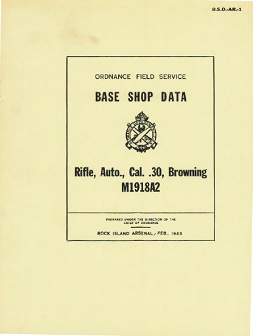
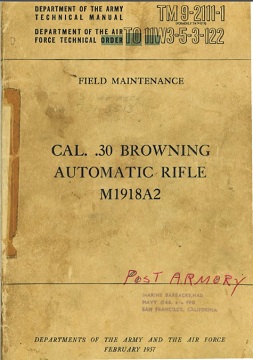
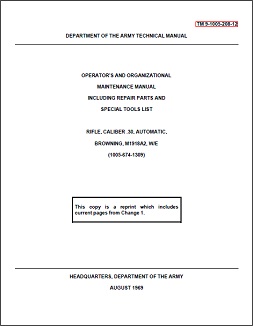
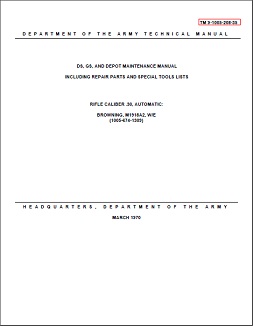
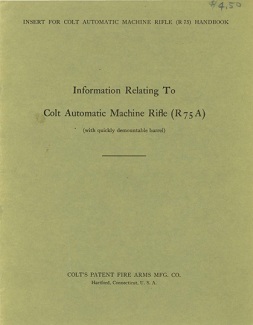
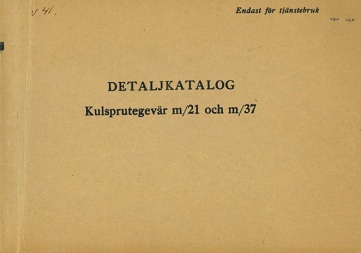
Patents
US Patent #1,293,022 (J.M. Browning; Automatic Machine Rifle; February 4, 1919)











Hello from Athens,Greece
I am trying to find a clear and accurate diagram
of the B.A.R. A2 m.g.
So far no satisfying results .
Could you help ?
thank you
Makis
Amazed at your bullet-fast reply .
Much oblidged.
Any plans for visiting Greece ??
Should you come ,you wont regret it .
Many things to see here .
Thanks again .
M.
Hello,
Is it known what is the date on presented on the pics m1918 BAR?
Mine is 67XXX from Win and I am trying to figure out what was production month as my barrel stamped W 07-18. But this is too early for this serial number.
Thanks a lot,
Max
It would be interesting to see how the FAL was derived from the BAR.
There’s just not enough information on how close they were, or what the differences are.
If the opportunity comes up, would you be interested in the subject?
Hi!
How does the fire rate reduction mechanism actually work? Is it just a selector switch that engages some sort of a gas regulator or what?
No there is no variable has regulator There is a sort of spring driven regulator in the butstock. There is a two position switch that chooses the two speeds. I was in Army ROTC in the sixtees. We had to learn how to field strip the BAR. Very dangerous. The recoil spring was very long and if improperly removed it launched itself and could cause severe injury if it hit someone.